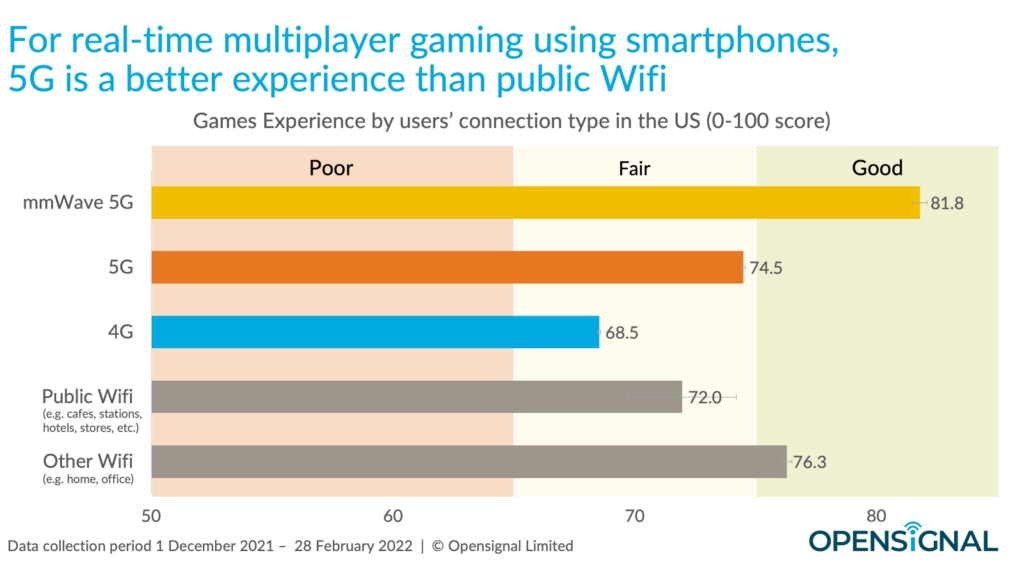In order to fine-tune topologically protected states in quantum materials, researchers are in need of efficient methods to simultaneously modulate the crystal lattice and monitor changes in the electronic structure within a single sample.
A team of researchers from the University of California, Irvine, and Los Alamos National Laboratory have introduced a novel technique to convert everyday materials like glass into materials that can be utilized by scientists to develop quantum computers.
Professor Luis A. Jauregui, from the Department of Physics & Astronomy at UCI and the lead author of the study, stated, “The materials we have created possess unique electrical or quantum properties due to their specific atomic shapes or structures. Imagine transforming glass, traditionally known as an insulator, into efficient conductors similar to copper. That is precisely what we have accomplished.”
The research conducted at the University of California, Irvine, focused on converting poor-conducting quantum materials into good conductors by applying strain at the atomic level. Using a specialized apparatus known as a “bending station,” the researchers applied significant strain to hafnium pentatelluride, altering its atomic structure and rendering it suitable for use in quantum computers. This breakthrough contributes to the development of materials that can help surpass the limitations of conventional silicon-based computers.
Jauregui explained, “To create such materials, we need to manipulate the atomic structure. Strain enables us to achieve that.”
Jinyu Liu, the primary author of the paper and a postdoctoral scholar collaborating with Jauregui, added, “By controlling the strain, you can switch the atomic structure change on or off, which is beneficial if you aim to establish an on-off mechanism for the material in a quantum computer in the future.”
Co-author Ruqian Wu, a physics professor and Associate Director of the UCI Center for Complex and Active Materials – an NSF MRSEC, expressed, “I am delighted by the way theoretical simulations provide deep insights into experimental findings, thereby expediting the discovery of techniques to control the quantum states of innovative materials. This highlights the success of collaborative endeavors involving diverse expertise in cutting-edge research.”
Michael Pettes, another co-author of the study and a scientist at the Center for Integrated Nanotechnologies at Los Alamos National Laboratory, stated, “I am thrilled that our team has demonstrated the feasibility of creating these elusive and highly sought-after material states. This development holds promise for the advancement of quantum devices, and the methodology we have showcased is applicable to experimentation on other quantum materials as well.”
Journal Reference:
- Liu, J., Zhou, Y., Yepez Rodriguez, S. et al. Controllable strain-driven topological phase transition and dominant surface-state transport in HfTe5. Nat Commun 15, 332 (2024). DOI: 10.1038/s41467-023-44547-7



